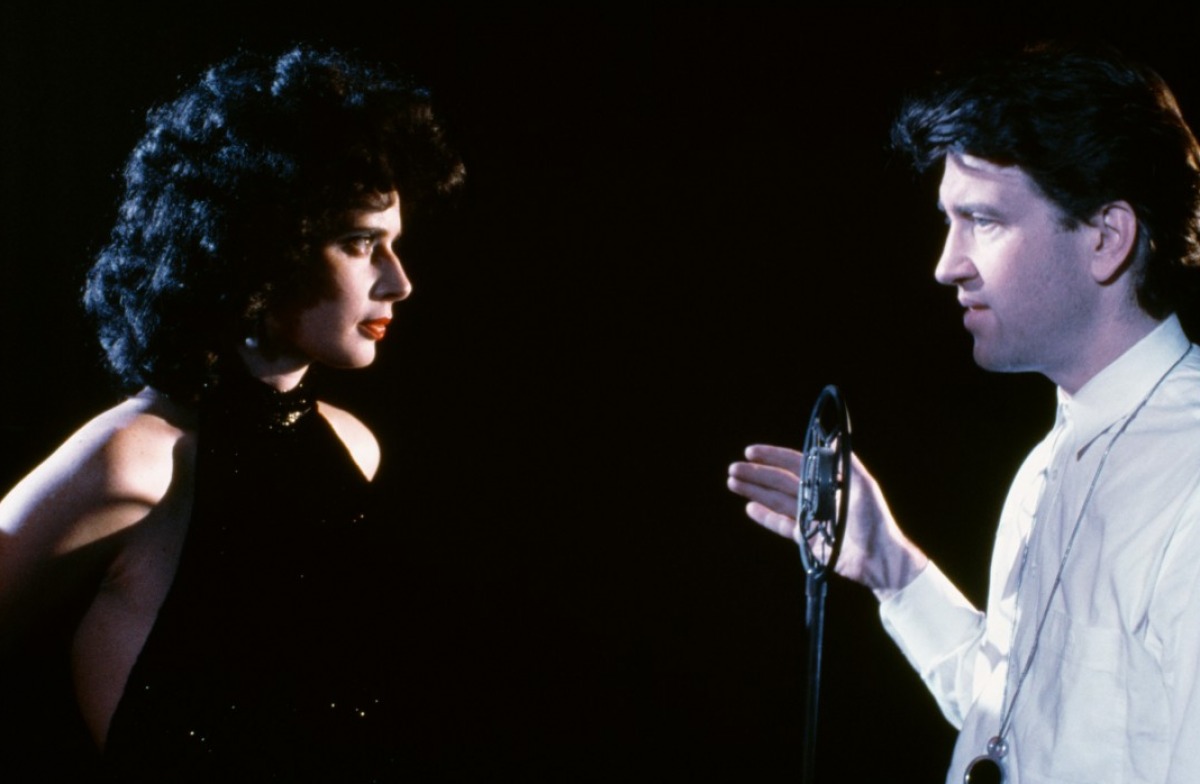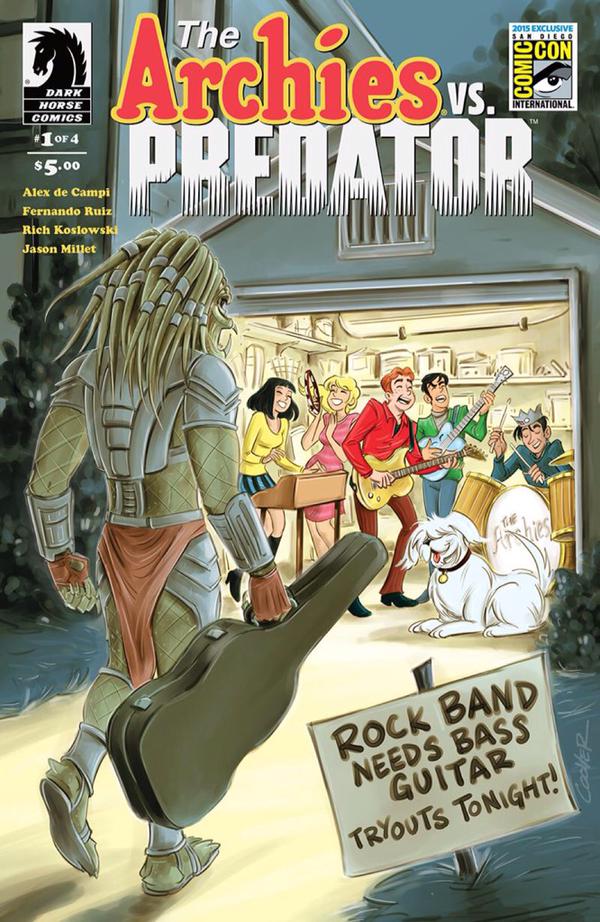Hospital bills can be as painful as the injury that lands you there — especially if insurance doesn’t cover the costs. iStockphoto hide caption
itoggle caption iStockphoto
Marlene Allen thought she had decent medical coverage after she fell in December and broke her wrist. She had come in from walking the dogs. It was wet. The fracture needed surgery and screws and a plate.
Weeks later, she learned her job-based health plan would cover nothing. Not the initial doctor visit, not the outpatient surgery, not the anesthesiology. She had $19,000 in bills.
“Make sure you find out what kind of plan it is” when employers offer coverage, advises Allen, who lives in northern Minnesota. “I thought health insurance was health insurance.”
A complex health law and bad information helped cause the trouble.
When her employer offered the health plan late last summer, Allen thought she had to sign up. That was wrong.
Once she was on the employer plan, she thought she had to drop the better, more comprehensive coverage she had bought through MNsure, the state’s online insurance marketplace. That was also wrong.
After she learned that her work plan covered hardly anything, and she tried to get back on a marketplace policy, MNsure told her she’s not eligible for subsidies to buy it. Wrong again.
“Horrible situation,” says Sabrina Corlette, project director at Georgetown University’s Center on Health Insurance Reforms. It “does make you wonder about the training these call-center folks are getting.”
Last September, with an impending January deadline for employers to provide some sort of health insurance, in accordance with the federal health law, Allen’s employer introduced a plan that covered only vaccines, blood-pressure tests and other preventive care.
Skimpy though they are, such benefits meet one of the law’s tests — the one that says employers must offer “minimum essential coverage” or pay a fine of about $2,000 per worker. (The skimpy benefits do not, by the way, pass a second requirement — that employer coverage offer “minimum value,” including hospitalization. Flunking that test can result in a different fine of up to $3,000 per worker.)
Allen works for Independence Plus, a home-care agency. She takes care of her disabled son, who has multiple sclerosis, and gets paid through a state program as the company’s employee.
Last fall, she joined the agency’s minimum essential coverage plan and dropped her comprehensive MNsure plan. She knew the new coverage wasn’t great, but she thought it would at least cover surgery. She believed she was obligated to take the coverage, and didn’t notice that the insurance card says, “Preventive Services Only.”
She was shocked when she learned it covered none of the charges for her broken wrist. She had always been careful to have medical insurance. Suddenly she faced hospital bills equal to more than half her annual income.
“I don’t even want to call it a health plan,” she says. “It should be illegal.”
Minimum essential coverage policies, also known as “skinny plans,” spread last year as lower-wage employers — such as temp agencies and hotels — adopted them as a shield against the $2,000 federal fine. Unlike Independence Plus, many employers supplement skinny plans with other health insurance, although even some of those lacked hospitalization benefits until federal regulators moved to ban them.
“There aren’t too many companies that are doing just [these skinny] plans,” said George Reardon, a Houston benefits lawyer who works with staffing companies.
Ruby Baranski, who heads Independence Plus, says her firm can’t afford more comprehensive benefits or even get insurers to offer them because of high worker-turnover. She blames President Barack Obama and the Affordable Care Act for forcing her to offer a minimal plan to avoid the fine of $2,000 per employee.
“I kind of got slapped with this,” Baranski says.
Faced with no way to pay her huge bill, Allen applied for assistance from the health system that fixed her arm. Sanford Health would not comment on her case, but on June 3, it sent Allen a letter agreeing to wipe out its entire, $17,200 bill. That would leave her with only a $1,800 charge from the anesthesiologist.
Allen is grateful. But she’s also worried, because the skinny, preventive-only plan is still her only health insurance. In February she told a representative of MNsure that she wanted to get back on a marketplace plan.
Allen explained to MNsure that her workplace plan doesn’t cover hospitalization. She asked whether she could get subsidies to buy a comprehensive MNsure plan — the only way, with her $37,000 annual income, that she could afford the comprehensive policy’s monthly premiums.
No, MNsure said. Because Allen was offered an affordable plan at work, MNsure said, she could not get tax credits to help subsidize the premiums she’d pay for a marketplace plan.
That’s the wrong answer. All consumers in Allen’s income range do qualify for subsidies unless an employer plan is both affordable and meets the minimum value test with hospital, doctor and drug benefits. (There’s one more special case: Consumers eligible for a government program like Medicare are ineligible for subsidies aimed at defraying the cost of marketplace plans.)
Independence Plus’s plan is affordable, but because of its skimpy, preventive-only benefits it falls far short of “minimum value” under the law.
Once Allen learned she had gotten bad information, MNsure’s regular enrollment period for 2015 was over; it was too late to sign up. She applied for an exception so she wouldn’t have to wait until next year to get covered.
MNsure spokesman Joseph Campbell acknowledges the error, but says it was a rare exception. The marketplace’s employee training manual addresses both affordability and minimum value, he says.
But on Wednesday Allen got a letter stating again that she is ineligible for tax credits because she has access to insurance elsewhere.
“Boy, something is so wrong with this,” she says.
The bigger lesson, Allen says, is this: Don’t assume insurance offered by your employer is real medical coverage.
“You think when the word ‘insurance’ is said, it should cover you for everything,” Allen says. Now she knows that’s not true.
This entry passed through the Full-Text RSS service – if this is your content and you’re reading it on someone else’s site, please read the FAQ at fivefilters.org/content-only/faq.php#publishers.











